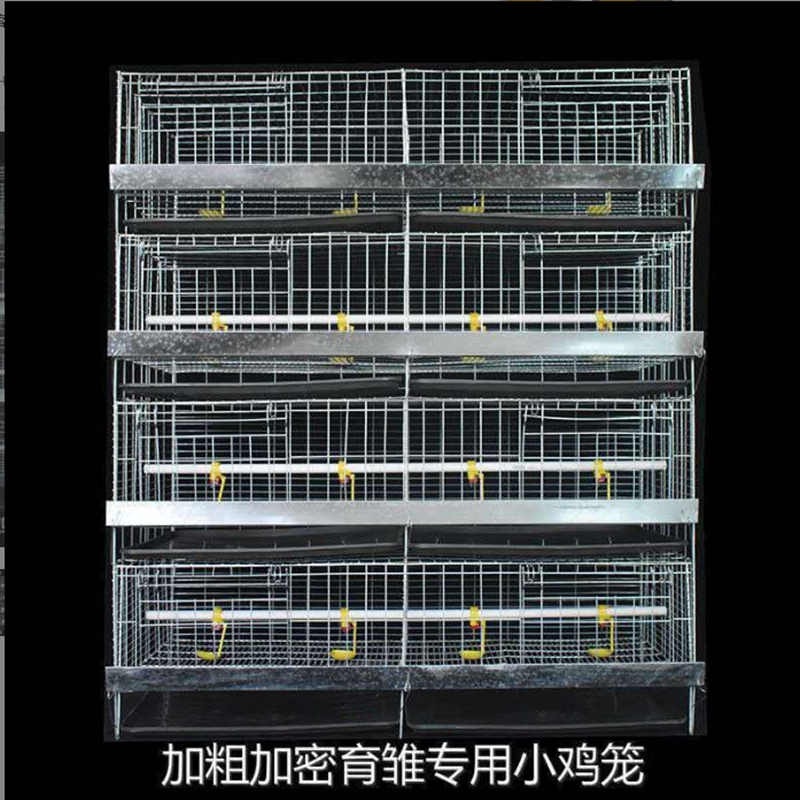evaporative cooling pad
Dec . 31, 2024 08:35 Back to list
evaporative cooling pad
Evaporative Cooling Pads A Sustainable Cooling Solution
Evaporative cooling pads, often referred to as swamp coolers, represent an innovative and eco-friendly solution for temperature regulation in various environments. Utilizing the natural process of evaporation, these pads provide a cost-effective and energy-efficient way to cool air in residential and commercial spaces. As global temperatures rise and the demand for cooling solutions increases, evaporative cooling pads are gaining popularity, offering both economic and environmental advantages.
How Do Evaporative Cooling Pads Work?
The basic principle behind evaporative cooling is straightforward when water evaporates, it absorbs heat from the surrounding environment, thus lowering the temperature of the air. Evaporative cooling pads are designed to maximize this process. Typically made from materials such as cellulose or wood fiber, these pads are soaked in water and placed in cooling systems.
When warm air is drawn through the saturated pads, the water evaporates, cooling the air before it is circulated into living spaces. This process not only reduces the air temperature but also adds humidity to the air, making it ideal for dry climates where lack of moisture can cause discomfort.
Advantages of Evaporative Cooling Pads
1. Energy Efficiency One of the most significant advantages of evaporative cooling pads is their energy efficiency. Unlike traditional air conditioning systems that rely on refrigerants and compressors, which consume large amounts of electricity, evaporative coolers use less energy. This reduced energy consumption translates into lower utility bills, making them an attractive option for homeowners and businesses alike.
evaporative cooling pad

2. Environmental Impact As the world moves towards greener solutions, evaporative coolers stand out as an environmentally friendly choice. They do not utilize harmful refrigerants that contribute to global warming and ozone depletion. Instead, these systems harness the natural process of evaporation, making them a sustainable option for cooling.
3. Cost-Effectiveness The installation and maintenance costs associated with evaporative cooling pads are often lower than those of traditional air conditioning units. They require fewer components, which translates into less maintenance and lower repair costs over time. Moreover, since they use less electricity, users can save money in the long run on their energy bills.
4. Improved Air Quality Evaporative cooling pads can also enhance indoor air quality. As the cooling process adds moisture to the air, it helps alleviate dry skin, respiratory issues, and other discomforts associated with dry environments. Additionally, these systems can help filter out dust and allergens, creating a healthier living space.
Applications of Evaporative Cooling Pads
These cooling pads are versatile and can be used in various settings, including residential homes, greenhouses, warehouses, and industrial facilities. They are particularly effective in arid regions where low humidity levels make evaporative cooling efficient. Additionally, many people choose to integrate evaporative cooling pads with existing HVAC systems to boost efficiency and reduce costs.
Conclusion
In conclusion, evaporative cooling pads offer a practical and sustainable solution for temperature regulation, particularly in dry climates. Their energy efficiency, cost-effectiveness, positive environmental impact, and ability to improve air quality make them an appealing choice for modern consumers looking to cool their spaces without compromising on sustainability. As the demand for environmentally friendly cooling solutions continues to rise, evaporative cooling pads are poised to play a significant role in shaping the future of climate control.
-
Automatic Feeding Line System-Pan Feeder Nipple Drinker|Anping County Yize Metal Products Co., Ltd.
NewsJul.29,2025
-
Hot Sale 24 & 18 Door Rabbit Cages - Premium Breeding Solutions
NewsJul.25,2025
-
Automatic Feeding Line System Pan Feeder Nipple Drinker - Anping County Yize Metal Products Co., Ltd.
NewsJul.21,2025
-
Automatic Feeding Line System Pan Feeder Nipple Drinker - Anping County Yize Metal Products Co., Ltd.
NewsJul.21,2025
-
Automatic Feeding Line System - Anping Yize | Precision & Nipple
NewsJul.21,2025
-
Automatic Feeding Line System - Anping Yize | Precision & Nipple
NewsJul.21,2025






